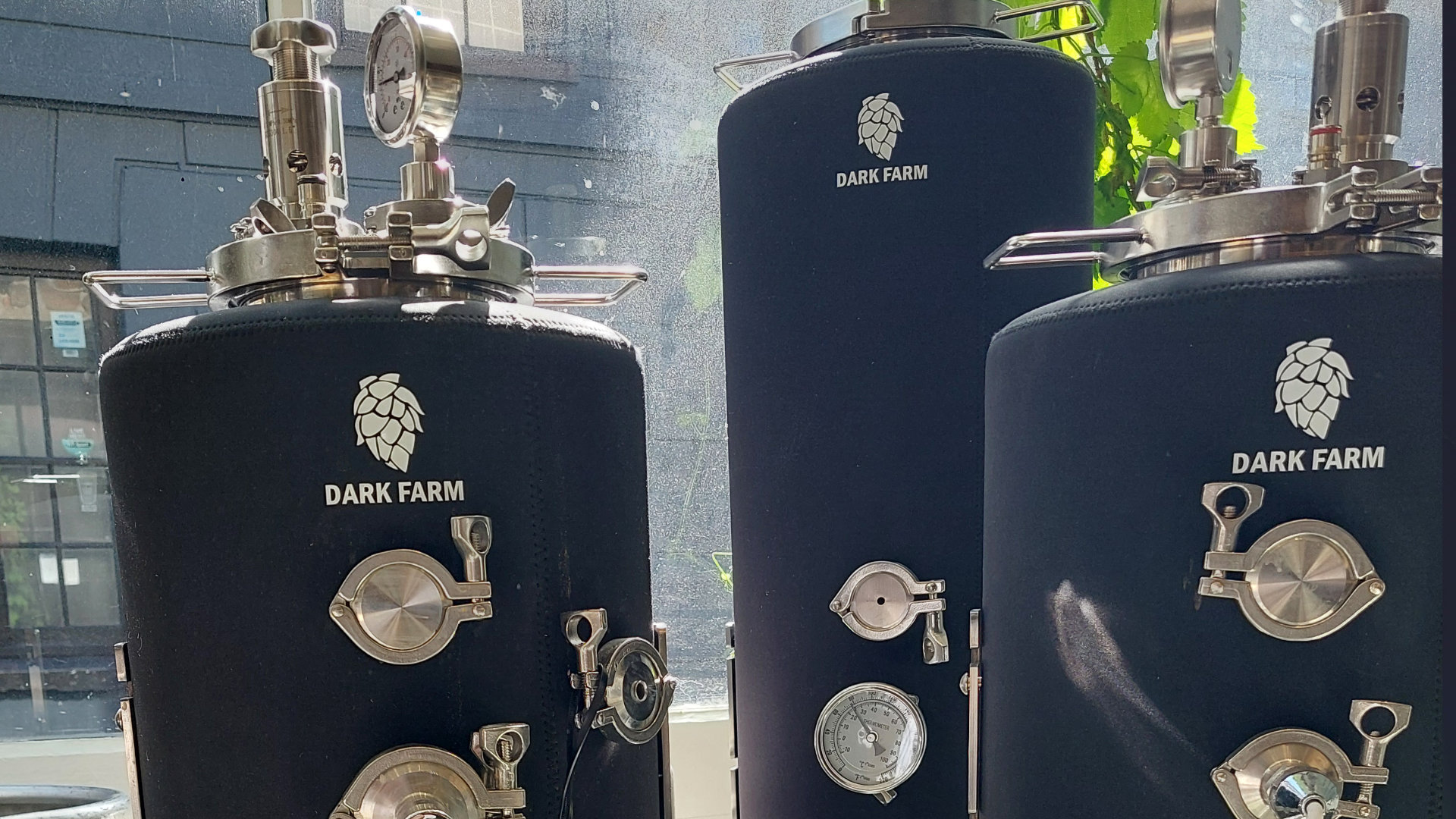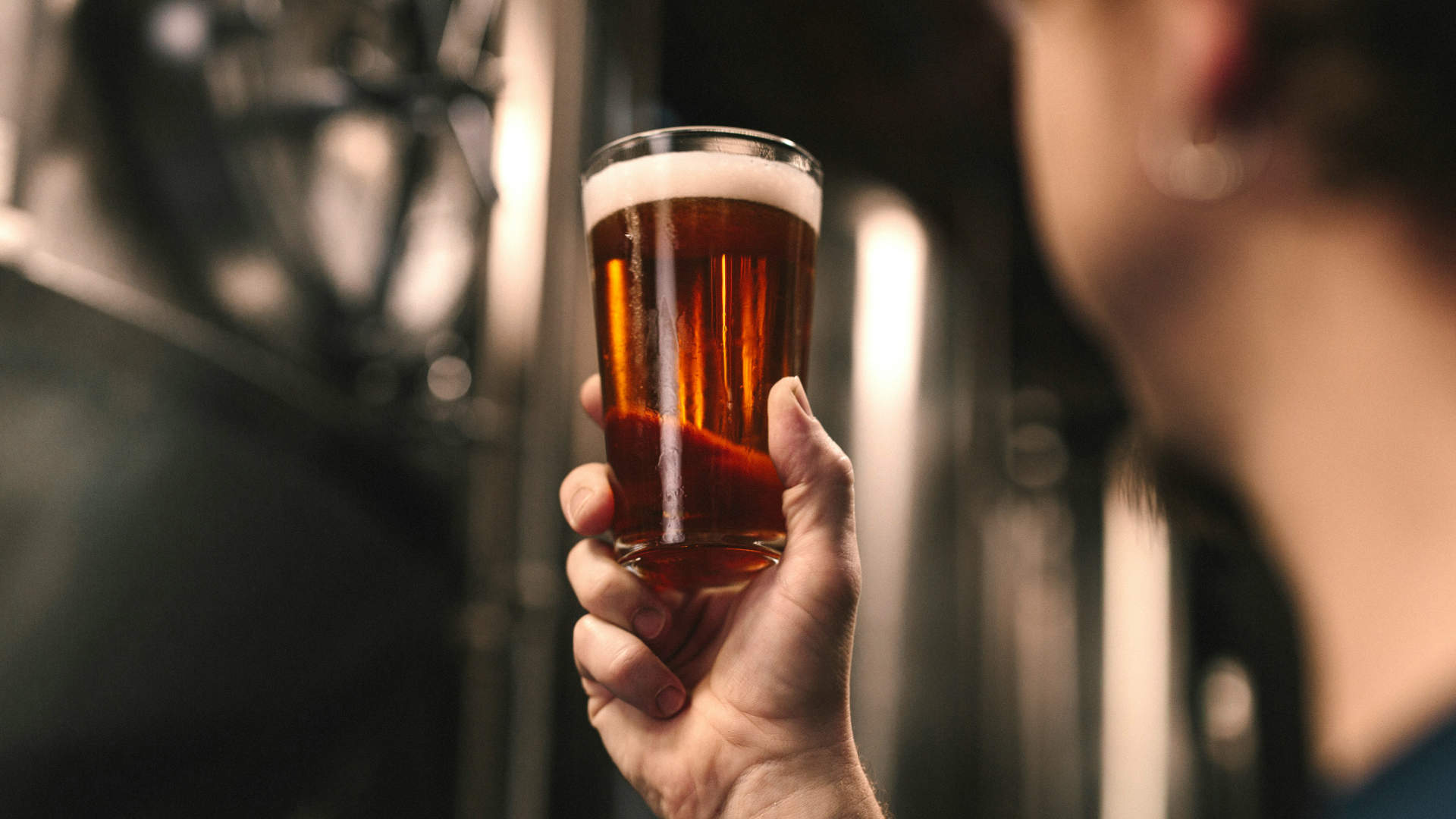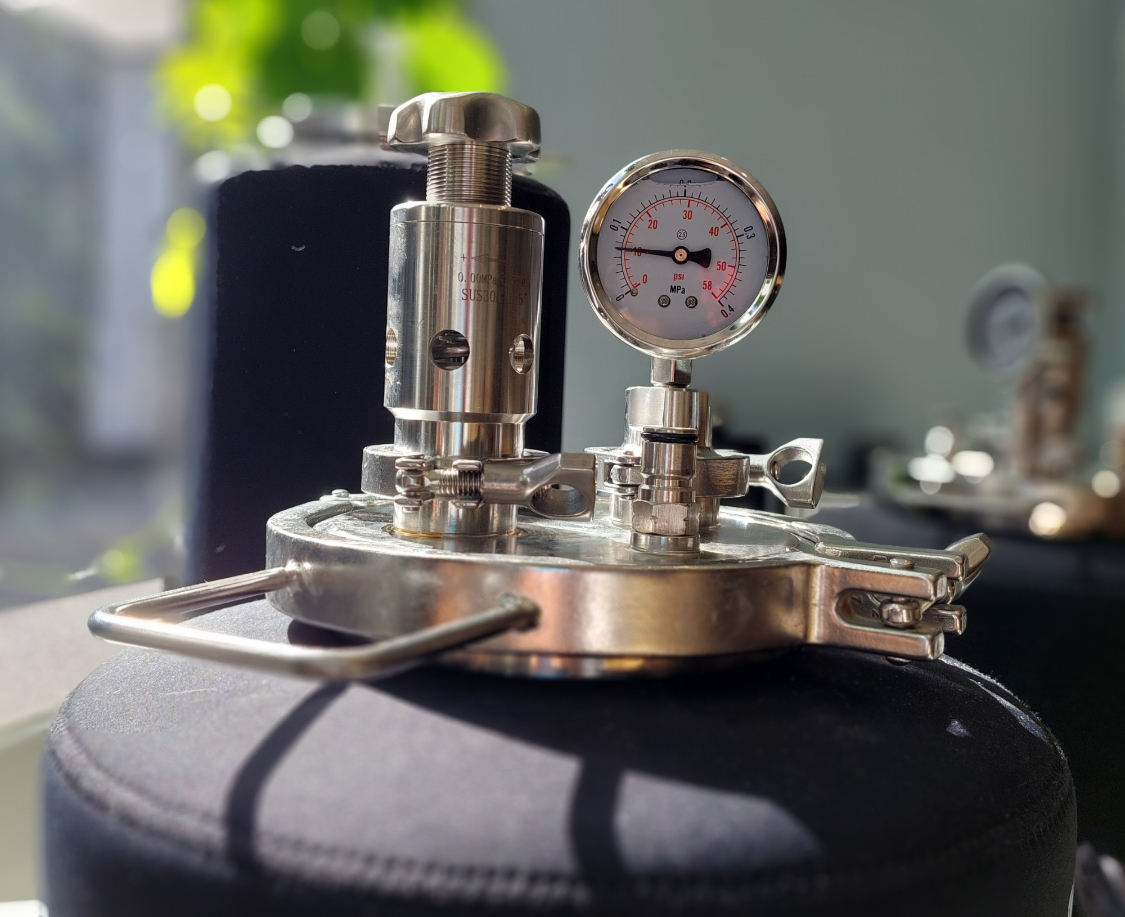After my research for brewing up a Brut beer for the last issue, I couldn’t resist taking things a step further. I wanted to go full hog and age the beer in an old oak barrel! Keen to not to use an old whisky barrel, I tried to get my hands on a small oak barrel used for wine, ideally white wine. But after a few hours searching, the only barrels I could get my hands on were too large. So I have opted to buy a new 20L seasoned oak barrel. I will replace the cork with an air lock to allow for any additional fermentation that may happen.
Ageing beer in oak barrels has been done for centuries, and it is especially common among brewers producing high-quality craft beers. As the name suggests, barrel-ageing involves storing beer in barrels made of oak wood for extended periods to add unique flavours, aromas, and textures to the beer.
Best Beers for Barrel-Ageing
Not every beer is suitable for ageing in a barrel. What works very well are beers with more robust characteristics or higher ABV brews. Barley wine, stouts, dubbels, strong ales all work well. Because of the low level oxidation created by barrel-ageing, and the yeasts and bacteria in the wood, it’s a process that also works well for sours.
There are different types of oak barrels that can be used to age beer, including American Oak, French Oak, and Hungarian Oak. Each type of barrel imparts its unique flavour characteristics to the beer, so brewers often experiment with different barrel types to achieve specific flavours and textures.
The process involves several steps. The first is the selection of the barrels. You need to choose barrels that are clean, dry, and free of any potential contaminants. Then comes the preparation of the barrels. Fill them with water and allow them to soak for 24-48 hours to swell the wood. Empty out the water and clean the barrel with hot water.
After your barrel is prepared, you can fill it with beer and then store for anything from a few weeks to several years, depending on the results you’re looking for and the style of beer. During this time, you can expect the characteristics of the beer to evolve, depending on the type of barrel and duration of ageing.
However long you age your beer, be sure to store at a consistent temperature. When you feel your brew is ready, rack into a sanitised container and allow to rest for a few days before packaging.
What Can You Expect From Barrel-Ageing?
One of the primary effects of ageing beer on oak barrels is the infusion of wood flavours and aromas. So your beer may develop characteristics of vanilla, coconut, oak, floral, tannins and smoky flavours. The texture of the beer may also improve, providing a smoother, creamier mouthfeel. Evaporation that occurs during the process will lead to a higher concentration of flavours and alcohol in the remaining beer volume, so that will have an impact as well.
Another effect of barrel-ageing is the oxidation of the beer. Oxygen may gradually permeate through the barrel and react with the components in the beer to alter its flavour and aroma. The resulting oxidative flavours can include nuttiness, dried fruit, and sherry-like notes. Barrel-ageing also involves microbial changes in your brew. Various micro-organisms, including bacteria and fungi, may reside in the oak barrels and interact with the beer. These can bring sour or funky flavours, which is why this method isn’t suitable for all types of beer. So it’s fair to say that this method is pretty exciting and a really fun way to enhance your homebrewing.




